How we make our Soils for use in Aquaponics – Sahib Aquaponics Urban Research Farm
Following my initial article on Nov 19, 2012 and the follow up on Dec 10, 2012 re using soil in Aquaponics, I have received numerous requests for sharing how we make our own soil. We cover this in some detail in our workshops and provide numerous possibilities. In this article, I am going to share with you two of Sahib’s soil mixes, one for seed starting and one for the base potting soil. I have used these mixes for some years now and find that they vastly increase the range of what we can grow in our organic sustainable hybrid Aquaponics systems.
This growing method gives me the possibility of adding side dressing of organic based natural fertilizers (such as Bat Guano and Manganese Sulfate – Epsom salts), from the top for those plants requiring such. This enables me to control the nutrient requirements of the numerous vegetables on an individual basis. I hope that what I am doing and my style of Hybrid Urban Aquaponics will help you grow your own food locally, naturally and without the need of harmful pesticides and chemical fertilizers
Why make our own soil?
I find that most commercial potting soils contain non-organic synthetic chemical fertilizers and other ingredients that I do not want to use in my Aquaponics systems. Those that are certified organic (ORMI Listed – The Organic Materials Review Institute), usually tend to be pretty expensive. The main components of the potting soils tend to be Coir, Peat Moss, Perlite, Vermiculite and Compost. By purchasing the individual components separately I can make my own soil mix(s), that are Organic and suitable for my Aquaponics systems – soil that will not kill my fish!
Note: All mixes will be for a 5-gallon container – adjust accordingly to your needs. See below for photos of various products.
Sahib’s Seedling Soil Mix:
3.5 gallons Coir
1 gallons coarse Vermiculite
0.5 gallons Worm Castings (Vermicast)
Mix well and use in seedling containers to germinate your seeds. Once you have transplanted the seedlings, empty the remaining used seedling mix into your Worm Compost Bin or Sahib’s Base Soil Mix.
Sahib’s Base Soil Mix:
2 gallons Coir
1 gallon Peat Humus
0.5-gallon coarse Perlite
0.5 gallon aged pine fines
1 gallons Worm Castings (Vermicast)
Soil Amendments & Fertilizers added to this base mix (all organic and where possible, fish based):
1/3 cups – Bone Meal, Blood Meal, Kelp Meal, Azomite, Dolomite, Epsom Salts, Prosperous, Rock Phosphate, Organic All Purpose Fertilizer such as Bio-Organic and Espoma Garden Tone.
Mix well and use in your choice of containers (article to follow). Top dress as required for the specific plants such as Espoma Tomato Tone for tomatoes. At the end of the growing cycle, I will clean the base mix by removing all dead roots (put them in Compost Bins), and then add this to a new mix (about 50 to 60% usually remains). This way, we are building our soil and retaining numerous micronutrients for better growth and increased fruit yields.
Please note that following photos are for illustration purposes only. I do not endorse or am I paid by any company for listing such. You should use organic products available in your area.
So here you have two of Sahib’s soil mixes. I do add some other soil amendments and feeding to maximize plant health and fruit growth – we teach such in our Aquaponics training Workshops. Hopefully, you can attend one of them. You are welcome to share your ideas, designs, experience and comments.
God bless,

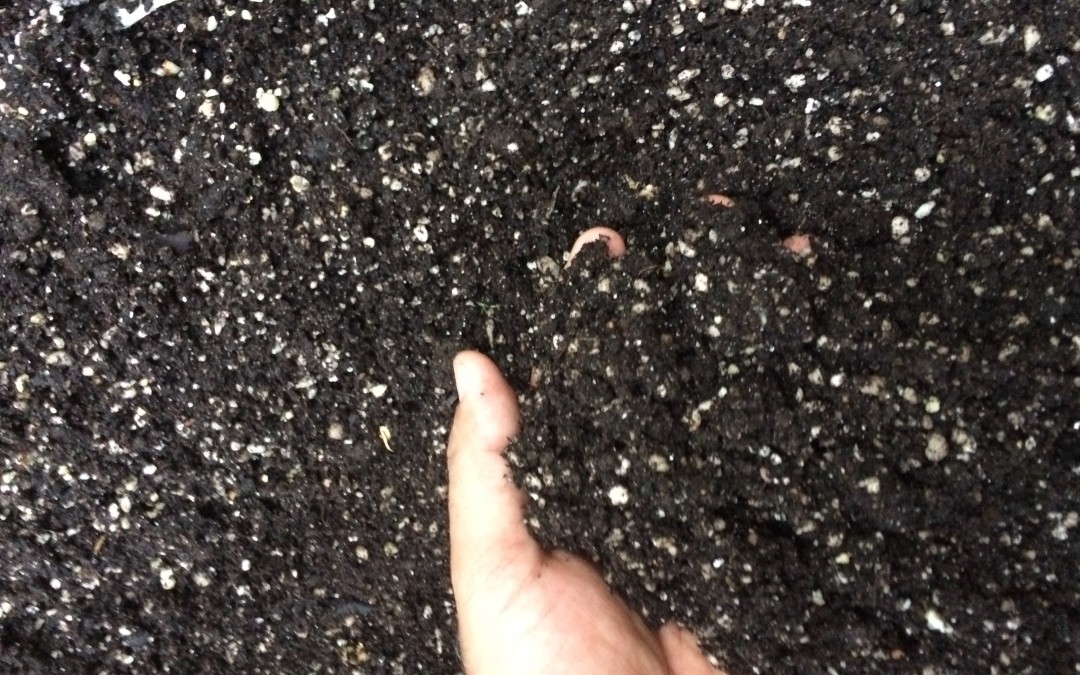
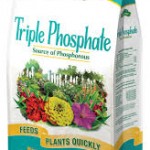
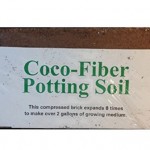
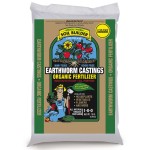
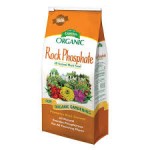
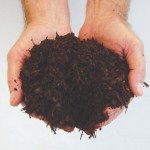
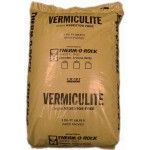
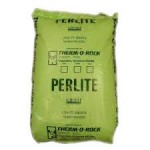

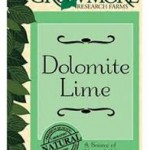
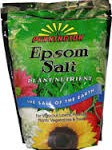
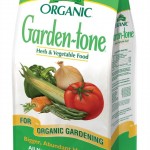
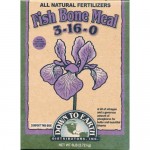
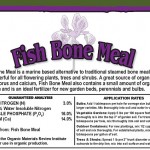
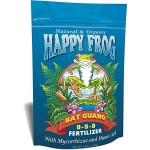
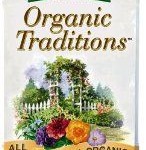
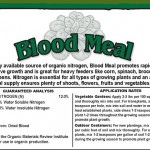
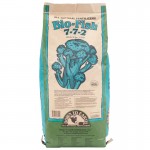

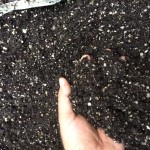
 Best Western Orlando East Inn & Suites
Best Western Orlando East Inn & Suites Crestwood Suites of Orlando-UCF Area
Crestwood Suites of Orlando-UCF Area Days Inn N Orlando/Casselberry
Days Inn N Orlando/Casselberry Park Plaza Hotel
Park Plaza Hotel Thurston House Bed and Breakfast
Thurston House Bed and Breakfast